
Ahoy mates and welcome to MSW’s Scuttlebutt! Let’s see what going on today.

On Display - IJN Special Cargo Ship ‘KASHINO’
MSW Crew-mate Jim C. Smith (Freighter) sends in his first submission, a very interesting "WIP" IJN diorama, in this "On Display" feature! Make sure you leave Jim a comment on this awesome build.
On Display

1 Year Anniversary for Flip-R Folding Tools
Radu Brinzan, owner of RB Productions, is pleased to announce the companies 1 year anniversary of the Flip-R Folding Tools. To celebrate one year since the launch of the Flip-R, Radu is running a one week 10% sale on folding tools in his store.
To visit RB Productions web store, click here

This Day in U.S. Naval History
1804 - USS Intrepid (Lt. Richard Somers) blew up in failed attack on Tripoli.
1941 - A German submarine, U-652, attacks USS Greer (DD 145), which was tracking the submarine southeast of Iceland. Greer is not damaged, but drops depth charges, damaging U-652.
1954 - Icebreakers, USS Burton Island (AGB 1) and USCG Northwind (WAG 282), complete first transit of Northwest passage through McClure Strait.
1960 - USS Bushnell (AS 15) and USS Penguin (ASR 12) begin relief operations in Marathon, Fla., after Hurricane Donna.
Bataan Sails in Familiar Waters During HURREX 08
The multipurpose amphibious assault ship USS Bataan (LHD 5) departed Naval Station Norfolk Sept. 2 for HURREX 08-002 to demonstrate at-sea readiness for disaster response.
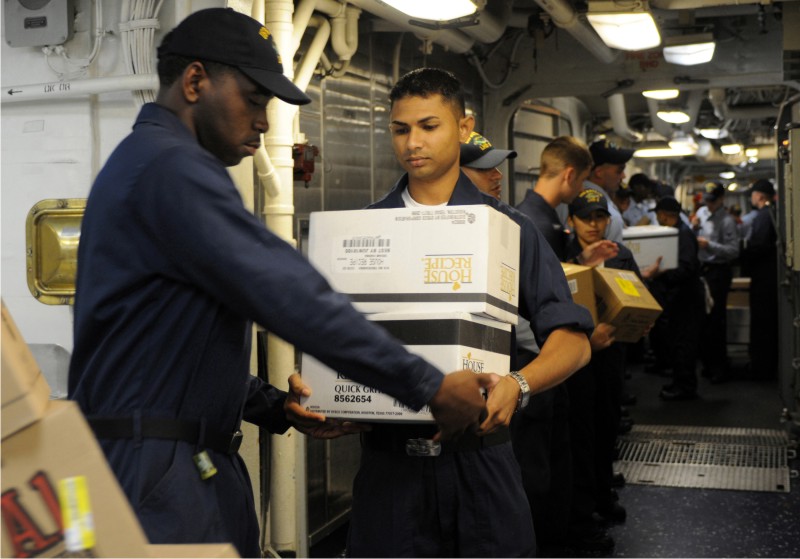
It will give Bataan a chance to demonstrate their ability to respond to humanitarian-assistance and disaster-relief needs during the 2008 hurricane season.
"This will be a valuable time for us at sea, and we'll stay out as long as we need to," said Capt. Rick Snyder, Bataan's commanding officer.
Nearly 1,100 Sailors make up Bataan's crew, and Snyder believes their "big hearts" may be even more important than the state-of-the-art equipment and capabilities that makes the ship an ideal platform for disaster-relief operations.
"The Sailors are all great Americans who are ready to take care of other Americans, that's probably the best asset we have," said Snyder.
During the course of the exercise, the ship and embarked commands will test their ability to coordinate and perform search and rescue operations, evacuations and provide medical care.
The coordination among all units involved was tested immediately when Commander, U.S. Second Fleet directed the short-notice underway to commence the exercise.
"Bataan is like a well-oiled machine," said Capt. Jack Sotherland, Bataan Expeditionary Strike Group commodore. "Everybody was notified; they recalled their personnel, and we went ahead and made it happen."
Bataan Sailors proved themselves during real-world events just three years earlier. The ship was on station in the Gulf of Mexico Aug. 20, 2005, and was the first Navy ship on scene after Katrina, a category 4 hurricane, made landfall.
The crew went right to work and spent 19 days supporting the relief efforts by moving more than 1,600 people to safety and delivering more than 160,000 pounds of supplies to the Gulf Coast states.
"We moved food, water and neonatal materials to the area, because everything was bad," said Storekeeper First Class (SW/AW) Antonio Gillespie, stock control leading petty officer. "This time, all the ships and commands got together to coordinate who needs to be where in order to be on site in a more timely fashion."
Embarked squadrons for the exercise include equipment and personnel from Commander, Amphibious Squadron Two; Helicopter Sea Combat Squadron 22, Tactical Squadron 21, Fleet Surgical Team Six, Assault Craft Unit Two and Four and Beachmaster Unit Two.
Bataan is the fifth ship of the Navy's Wasp-class ships. She was commissioned Sept. 20, 1997, and is the second U.S. Navy warship to bear the name.
Lockheed Martin's First Aegis Open Architecture Weapon System Comes to Life on U.S. Navy Cruiser USS Bunker Hill
Lockheed Martin new Aegis Open Architecture Weapon System came to life during the week of Aug. 25 -- on schedule and exactly as planned -- aboard the U.S. Navy's guided missile cruiser USS Bunker Hill (CG 52). The Aegis open architecture configuration was installed aboard Bunker Hill as part of that ship's modernization.
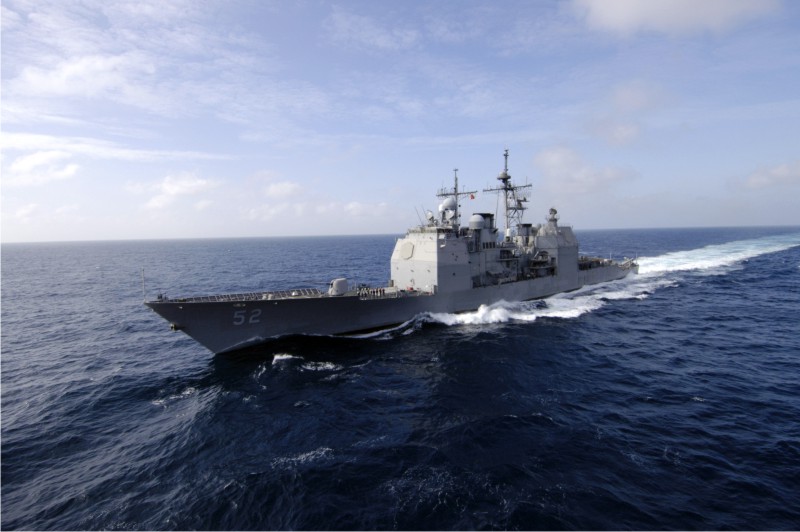
During this milestone testing event, power was successfully applied to the newest version of the world's most advanced naval weapon system, developed using commonly-available, commercial off-the-shelf (COTS) computing hardware and open system software.
Through the use of COTS hardware and open system software, Lockheed Martin's Aegis Open Architecture Weapon System will allow the Navy to stay on technology's leading edge by enabling warfighters to more easily implement technology refreshes and capability upgrades to the weapon system as these are developed in the future.
"Aegis modernization extends the sea-going horizon for the Navy's Ticonderoga-class cruisers," said Orlando Carvalho, vice president and general manager of Lockheed Martin's Surface-Sea Based Missile Defense Systems line of business. "As Aegis was when it first went to sea, Aegis remains the most capable multi-mission naval weapon system in the world. Open architecture will allow the Aegis program to continue evolving the world's most capable integrated air and missile defense system to remain a step ahead of any threat."
USS Bunker Hill is the first of 22 U.S. Navy cruisers scheduled for modernization with Aegis Open Architecture over the next 10 years. In 2012, the Navy will begin a similar modernization program for the 62-ship class of Aegis-equipped Arleigh Burke (DDG 51) guided missile destroyers.
The road to Aegis Open Architecture included extensive systems engineering to reconfigure Aegis with COTS computing hardware and open system software. The end result is a weapon system that will be able to absorb frequent technology refreshes to remain state-of-the-art and can readily accept upgrades in capabilities, whether they are accomplished through new development or through the integration of separately developed third party products.
The Aegis Weapon System is the world's premier proven naval defense system and the sea-based element of the U.S. Ballistic Missile Defense System. Its precision S-band SPY-1 radar and missile system seamlessly integrate with its own command and control. Its ability to detect, track and engage targets ranging from sea-skimming cruise missiles to ballistic missiles in space is unmatched, as demonstrated by thousands of successful missile firings in tests and in combat.
The Aegis Weapon System is currently deployed on 88 ships around the globe with 18 additional ships planned or under contract. In addition to the U.S., Aegis is the maritime weapon system of choice for Australia, Japan, Norway, South Korea and Spain.
Wedding Ring Mystery Solved After 90 Years
A wedding ring belonging to a Royal Navy sailor which lay undisturbed on the seabed for almost 90 years has gone on display at a museum in Orkney today, Wednesday 3 September 2008, after being discovered by a team of amateur divers.
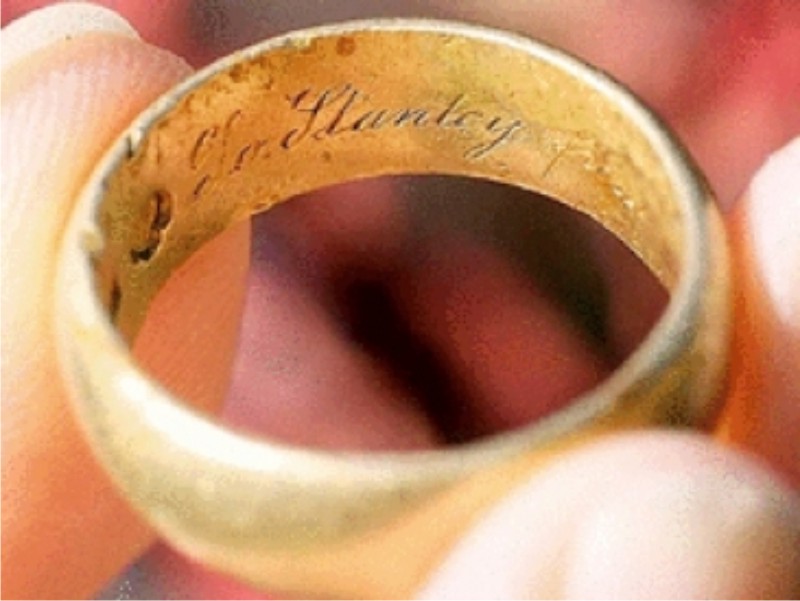
The divers presented the Scapa Flow Visitor Centre and Museum, in Lyness, with the ring, which they discovered while they were diving off the island of South Ronaldsay last year. The gold band, engraved 'To Stanley from Flo, March 1916' was found by Bob Hamilton and Peter Brady, while they were exploring the remains of the wreck of the HMS Opal.
HMS Opal ran aground along with HMS Narborough in a snowstorm on 12 January 1918, at Windwick Bay, South Ronaldsay. 188 men were lost in the tragedy. The wedding ring was found to belong to Ernest Stanley Cubiss, a crewman on the Opal. 'Flo' was his wife, who he married in 1917.
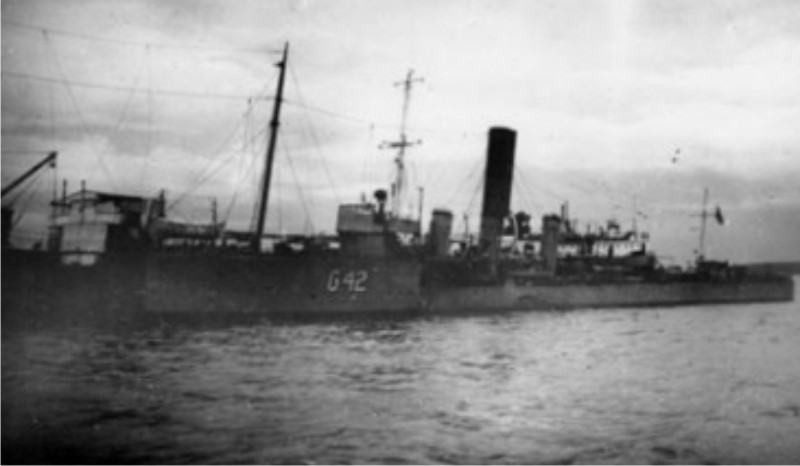
Stanley's 78-year-old nephew, Malcolm Cubiss, who the diving team discovered after painstaking detective work, has gifted the ring to the Orkney Islands Council's archive collection along with three of Stanley's medals, Stanley and Flo's marriage licence, a photograph of Stanley in uniform and a ticket to the Grand Dance at the Town Hall, Lerwick, for one gentleman and two ladies.
Janette Park, 37, Curator of Social History for Orkney Islands Council, explained a little of the background to the story:
"It was last year when the divers who found the ring contacted the museum and said they were going to try and trace members of the two families. Obviously we wished them good luck. Then earlier this year one of the divers got in touch again and said they had found Malcolm, Stanley's nephew.
"They have since traced Flo's nephew, Mike Forster, so it's lovely that all the hard work of the dive team has been successful. The two divers, Bob Hamilton and Peter Brady, have done a great job researching and contacting the family.
"We are delighted to be putting these items on display at the Scapa Flow Visitor Centre. It's very important because it shows the personal side of those involved in the War. It's also a really good social history story which complements the naval history which we have here. The story of HMS Opal is tragic but it's a great honour to be able to tell the public a little bit about the lives affected by it."
Photo of the Day
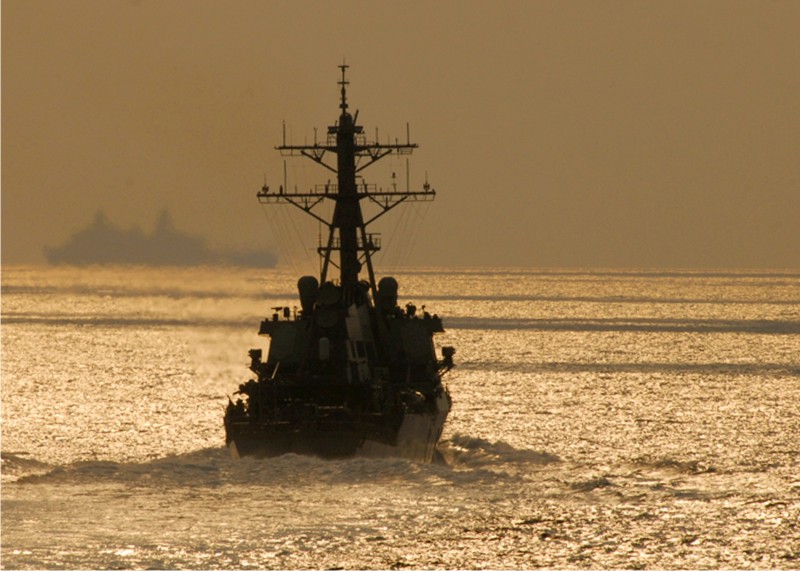
The guided-missile destroyer USS Ramage (DDG 61) steams through the Atlantic Ocean. Ramage is participating in Joint Task Force Exercise (JTFEX) 08-4 as a part of the Iwo Jima Expeditionary Strike Group.
Gator











